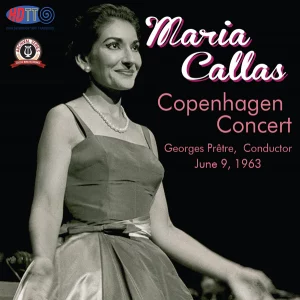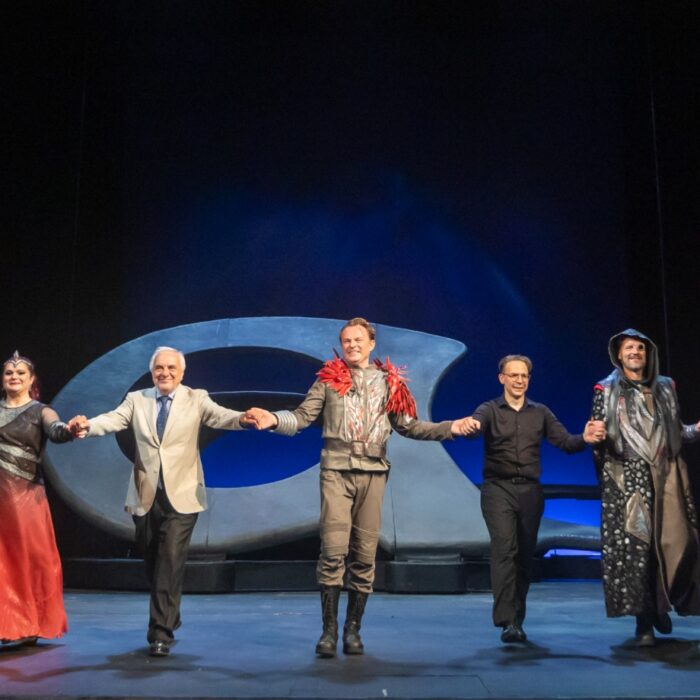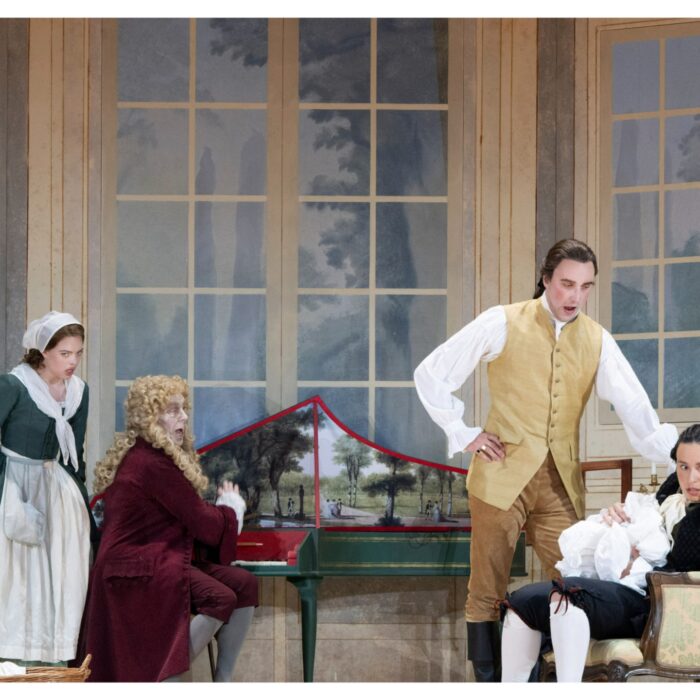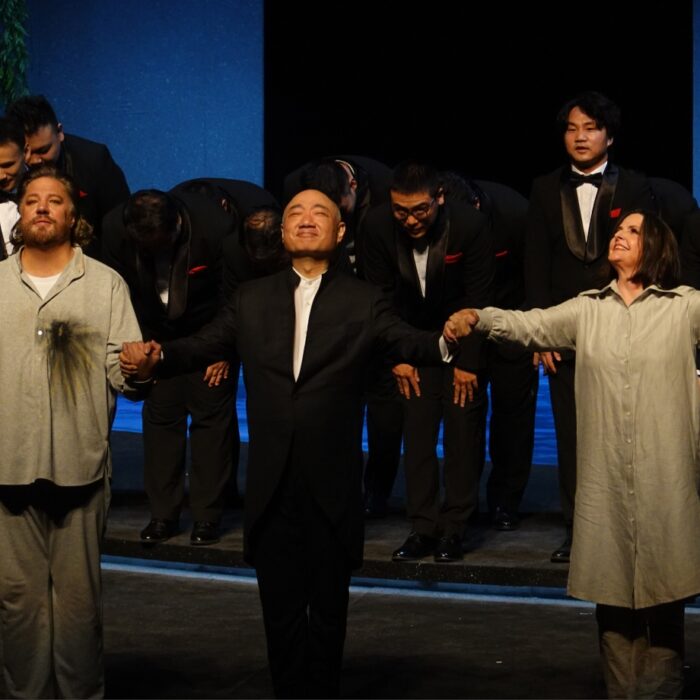
CD Review: HDTT’s ‘Maria Callas: The Copenhagen Concert’
By Bob DieschburgWhen in 1963 Maria Callas devoted her season to the restrictive duties of recording a Prêtre-led recital for EMI, as well as a tour of concerts in, among others, Berlin, Düsseldorf, and Stuttgart, she had not performed a full opera in well over a year. Indeed, her infamous liaison with Onassis and perhaps the onset of a vocal crisis are traditionally credited to have unduly silenced the diva whose “Medea,” at La Scala, by then dated back to November 1961.
Yet all was not lost and her EMI album of French arias proved just as compelling as some of the audio material from her concert tour which one can find scattered both on CD and online – to varying levels of sound quality that is.
With the release of Callas’ recital in Copenhagen, the last one in a series of six, John H. Haley from HDTT adds to the legacy of the Divina, publishing the concert from June 9, 1963 in its near-entirety (“Bel raggio lusinghier” and the overture from “Semiramide” are lost) and with carefully remastered sound.
Recreating the Experience
And what a difference the remastering makes! Comparison with the available excerpts from IMC Music Ltd.’s “Callas Edition” (1998) reveals the immersiveness which the transfer of the original tapes was able to achieve. As such, the boxy sound of the earlier release is no more and low and high frequencies shine with as much added definition as can reasonably be expected from the Falkoner Centret’s admittedly very good recording equipment.
The sound quality in itself, though monophonic and with the occasional noise, may well be said to live up to any mid-20th century studio recording, major labels (except Decca) included. No doubt therefore the transfer and restoration of this rare Callassian gem are a work of love, even more so as the label’s own John H. Haley is the owner of the Copenhagen tapes.
A 1963 Masterclass
The program opens with the overture from Rossini’s “Guglielmo Tell” in a fast-paced execution by the Danish Radio Symphony Orchestra under the baton of Georges Prêtre. It is followed by Callas’ signature pieces from “Norma” as well Abigaille’s “Anch’io dischiuso un giorno.” The Copenhagen recital ends with a series of intermezzi from the early verismo period and a rather eclectic selection of Puccini arias comprising, to my astonishment, Musetta’s waltz which I have never believed conducive to the vocal art of Maria Callas.
John Ardoin, in his monumental study on her recorded legacy, holds the 1963 concerts in poor esteem, giving a slight edge to the Paris recital from June 5 for its including a set of French arias by Massenet to which Haley, on the present album, is treating us with some bonus tracks. Nevertheless his consensus reads that the music lacks the tragedic vigor of past performances, as the voice is technically uneven and her inspiration unreliable.
I must disagree. In Butterfly’s farewell her tone has all the dramatic incisiveness and mastery of the soprano’s studio recording from 1955. It extends freely towards the top and is supported by formidable breath control which certainly does not hold true to the same extent for her May performance in Berlin.
Similarly, “Casta Diva” stands out and it may well be one of her best takes in the years before her last “Norma” in Paris in 1965. More secure than in Stuttgart and with better control of the melismas, it is a languorous rendition filled with chromatic nuance and subtlety surpassed only, on the present CD, by “Anch’io dischiuso un giorno.”
Here, the preceding recitative is as mordant as can be, the attack on the C a dry expression of Abigaille’s desire for revenge followed by an unusually careful execution of any types of dynamic variation, including some rarely heard pianissimi.
“A Hypnotic Effect Upon the Soul”
Yes, overall the voice has lost some of the infinite malleability it had during the early stages of her career but, from a holistic perspective, minimally so. The HDTT label with John H. Haley and Robert Witrak (who was responsible for the transfer) has recreated the live atmosphere of the Copenhagen concert to the best of current technological abilities – and, if anything, asks for a reconsideration of the real reasons behind Maria Callas’ premature retirement from the stage.
On June 9, 1963 she still had “the ability to produce a kind of resonant and magnetic vibration which, through some unexplained combination of physical phenomena, exercises an instantaneous and hypnotic effect upon the soul of the spectator” (as the Romantic Stendhal premonitionally wrote about the art of Giuditta Pasta).


